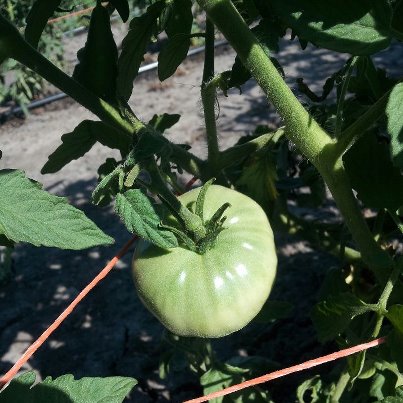Earlier this week, experts said the nationwide drought is the worst since the ’50s, and they’re right. It’s bad. But LiveScience.com provides some important context today. While it’s the worst since the ’50s, it’s not as severe as then.
How is that possible?
While Texas, Oklahoma and the southeast plains are entering their second year of drought, much of the area affected this summer was not hit last year, (climatologist Mark) Svoboda said.
He refers to the current drought in the Midwest as a “flash drought,” because it arrived in a time frame of weeks to months, relatively fast for a drought. The mild winter this year didn’t recharge soil moisture and the heat wave that arrived in late June pushed some places over the cliff, Svoboda said.
This drought hit at a critical time for corn, with devastating effects for the future harvest, Svoboda added.
Indeed, corn farmers have been getting hit hard in the Midwest as the interview with farmer Bryn Bird on last evening’s All Things Considered attests.
But corn is a big deal for more reasons than the profit margin for farmers. Writing on Prairie Fire, climatologist Robert Oglesby suggests it’s one of the reasons why there’s moisture on the Plains at all:
Almost certainly of greater consequence are land-use changes, e.g., the amount of land put into agricultural production or the even the nature of the crop. If, for example, a large-scale replacement of corn by switchgrass (tall prairie grass) occurs, this alone might lead to warmer and drier conditions. This is because the extensive irrigation required to grow corn is largely unnecessary for switchgrass. This effect is essentially the same as described above for reduced soil moisture. Put another way, this large-scale irrigation may have helped keep the Great Plains anomalously cool and moist since its advent in the 1960s.
In other “farming vs. nature” news, you may recall the flooding of the farms of Dakota County, a week before the flooding in Duluth, imperiled a lot of farms, including Laughing Loon Farm in Northfield (which I profiled here).
This picture Dayna Burtness posted this week on Facebook says a lot:

And yesterday she started harvesting the eggplants.
At least in some cases, the fields are yielding more than disappointment.
